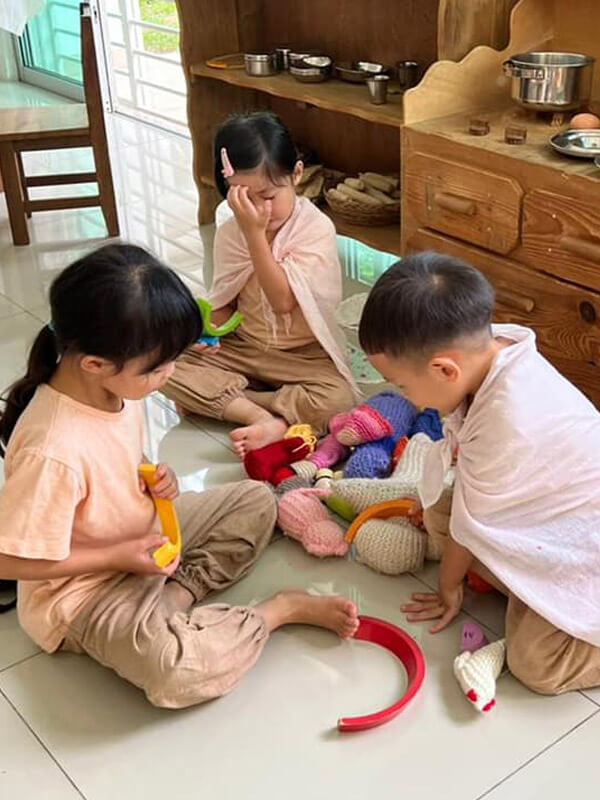Home » How To Select The Right Playschool For Your Child
When considering enrollment in a playschool, parents often take various factors into account to ensure a positive early education experience for their child. Here are five factors parents should consider:

There may be other factors parents have as preferences and circumstances when selecting a playschool for their children including cost, flexibility, and distance. Ultimately, the choice between Waldorf education and conventional education depends on individual preferences, values, and the needs of the child. Parents should carefully consider their child’s learning style, interests, and overall educational goals when making a decision.
At Morning Stars Playhouse a Waldorf- based education playschool we are creating a foundation based on individual child’s progression via a holistic approach that helps cognitive development, motor-sensory engagement, enticed creativity, and increase problem-solving skills.
Let’s review a comparison between Waldorf-based vs Conventional education:
 | Conventional Education |
| Focus on holistic development | |
| Nurturing a child’s intellectual, artistic, and emotional capacities. It places equal importance on academics, arts, movement, and practical skills | Prioritizes academic subjects standardized testing, with less emphasis on artistic expression, creativity, and individualized development |
| Child-centered approach | |
| Considering the unique needs, interests, and developmental stages of each child | Mass children-based approach there may be less flexibility to adapt teaching methods to individual children and their specific learning styles or needs. |
| Learning approach | |
| Learning via Play as part of increasing imagination ability | Concentration on structured academics as Grades progress |
| Academic subjects approach | |
| Focus on social interaction and emphasis on experiential learning | Structured and standardized approached |
| Technology limitation | |
| Limits or avoids the use of technology in the early years, encouraging children to engage in imaginative play, hands-on activities, and direct experiences with the natural world | Incorporates technology digital tools are part of the learning process, integrating them into various subjects and activities. Screen time management is subject to parental approval |
It’s important to note that these comparisons are general in nature and may not apply to all schools or educational systems. Parents should thoroughly research and visit schools, attend informational sessions, and consider their child’s unique characteristics and learning preferences when making a decision. Each approach has its own strengths and limitations, and what works best for one child may not be the same for another.